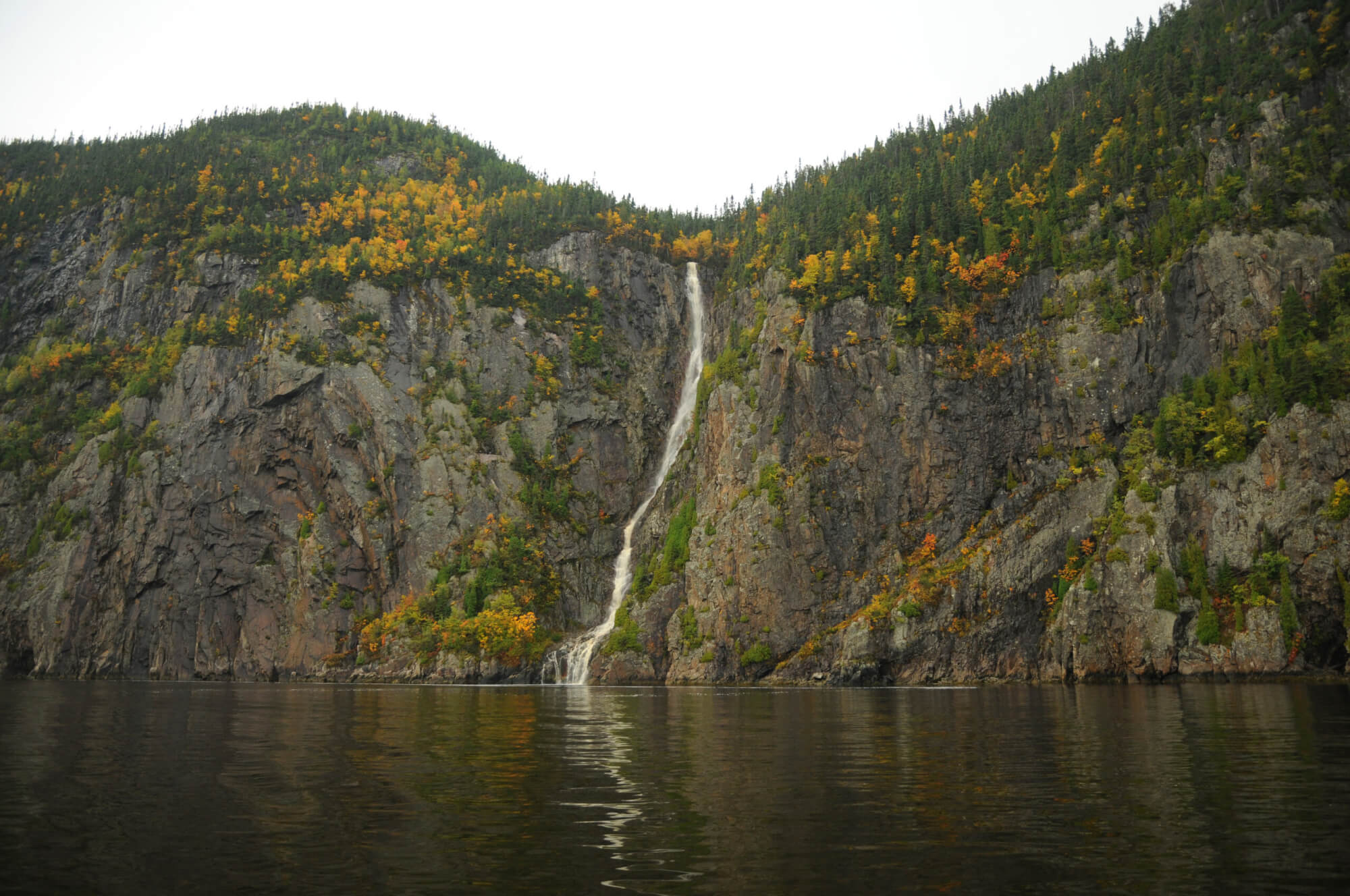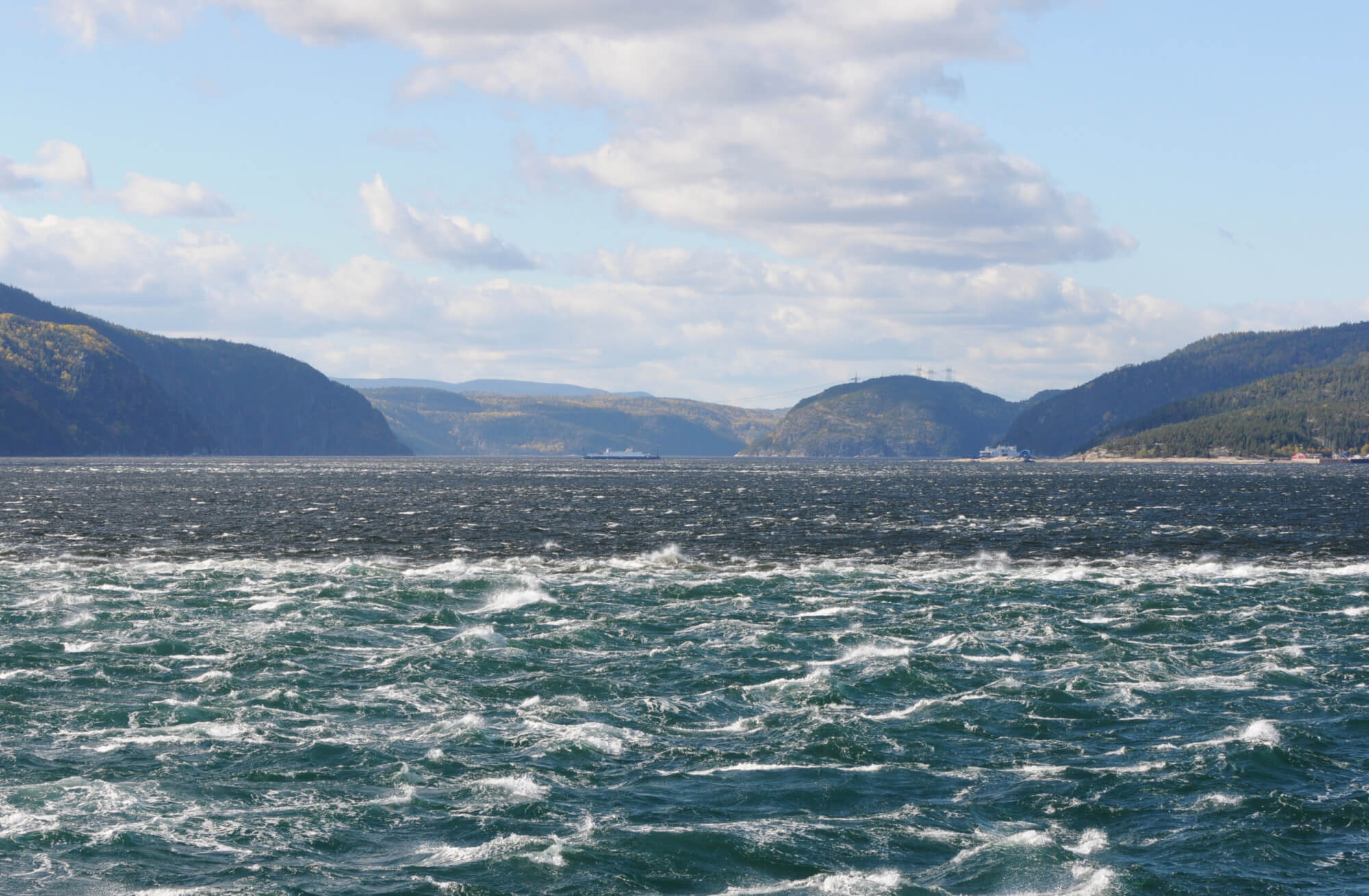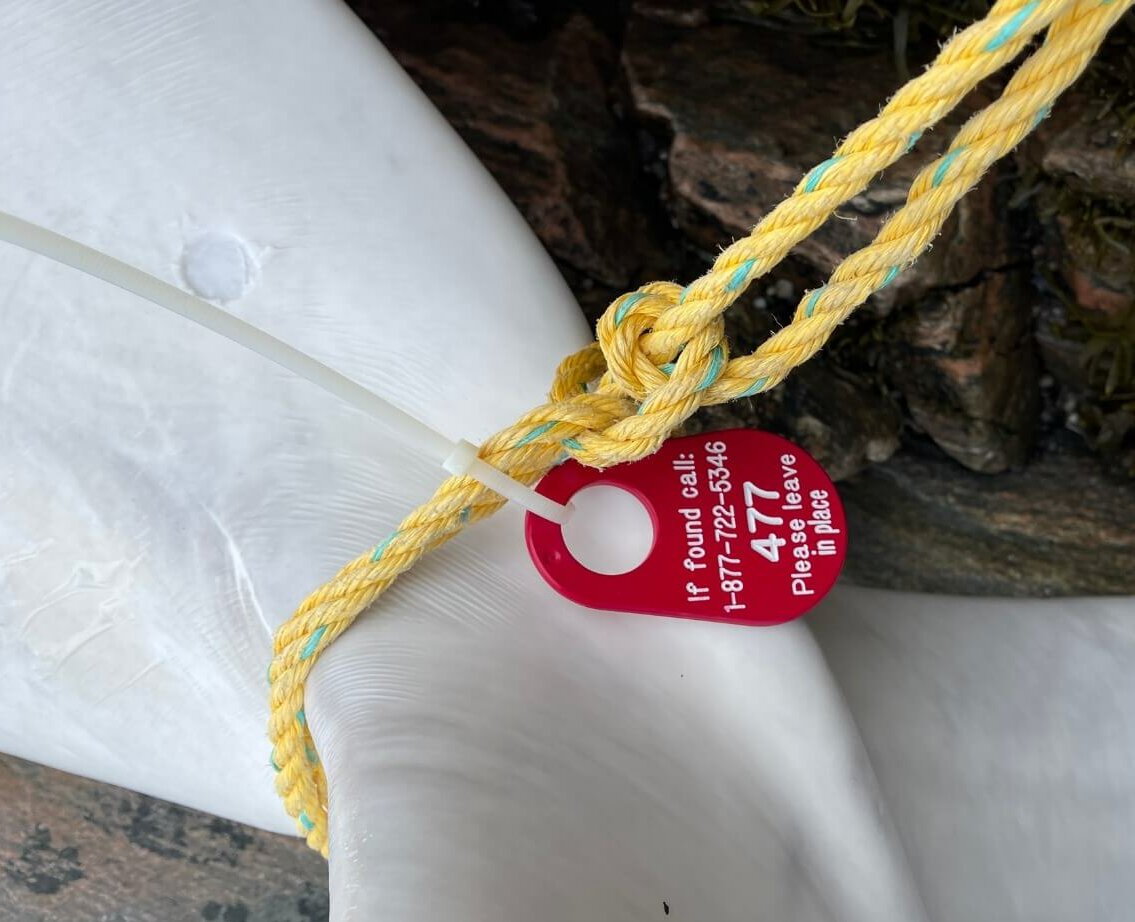Whether it’s by reporting your sightings or volunteering with a conservation organization, there’s no wrong way to get involved with whales and contribute to citizen science. After all, public engagement allows research to evolve! This article describes some of the ways you can get involved with marine mammals.
Did you say “participatory science”?
Participatory science, also called citizen science (website in French), is a way for outdoor enthusiasts to contribute to research. No need to be a scientific researcher to do your part! All you need is a keen interest in nature and spending time outside.
With birds or whales, every observation counts and is crucial for the advancement of research. A number of citizen science projects (website in French) exist in Quebec: it’s just a matter of finding the topic that most interests you. By recording and reporting what you have seen, large databases are compiled and used, notably by scientists who use them in their research projects. These data are also sometimes used as a means of raising awareness and facilitating the implementation of conservation measures.
Eyes on the water
If you live near the St. Lawrence and spend a lot of time on its shores or its choppy waters, it might be worthwhile to report your sightings in the data entry tool for marine mammal observations. This tool was implemented in 2021 by several partners, including the Marine Mammal Observation Network (MMON).
From the humpback whale to the grey seal, not to mention the basking shark and the leatherback sea turtle, any marine animal can be reported here! To use the tool, you must indicate the time and date of the observation, the location, the species identified and the weather conditions. Wherever you are in the Northwest Atlantic, do not hesitate to submit your sightings, because from Quebec all the way to the Caribbean, the marine mammal species that one might encounter are similar!
Mélissa Martel, MMON project manager and head of the marine mammal observation data entry tool, explains that this data collection effort really allows us to see how people get involved. So far, it seems that the sightings most often reported are made from shore or on board a ferry. It is likely that they are also highly representative of the scientific data that already exist in this field.
“Observations by members have provided input for maps illustrating on the presence and patterns of certain species,” mentions Mélissa Martel. These maps are now found in guides created for the fishing sector and the maritime industry. Because these are “open” data, the database is also requested by and made available to certain research organizations, adds Mélissa.
Before trying your hand at data reporting, however, it is recommended to complete two short training courses that are both simple and free of charge. The boater’s training explains the various boating regulations when whales are present in proximity, while the whalewatcher’s training (English version forthcoming) provides tips and tricks for identifying marine mammals.
Reporting as a means of promoting conservation
As citizens, you are the eyes of the Quebec Marine Mammal Emergency Response Network (QMMERN) in the field. When you observe an entangled whale or a seal carcass on a beach, contact the Marine Mammal Emergencies call centre immediately. Mobile teams and volunteers will then take the necessary actions depending on the situation.
If carcasses are discovered quickly enough, they can be used for research and provide insight into the population dynamics of these large mammals. Additionally, each report is recorded in a database, which allows scientists to track the number of carcasses recovered from year to year. This is the case for the St. Lawrence beluga, which has been monitored for 40 years now.
It is also possible to volunteer for QMMERN and get involved directly in the field. What exactly does that entail? Taking photos of stranded animals, informing curious onlookers during interventions, taking measurements and establishing a security perimeter. For any questions or interest in teaming up with QMMERN, you can write to [email protected].
24 Hours of Science
Interested in getting a little more background about QMMERN? Then pencil Friday, May 5 into your planner!
Visit Facebook Live to learn more about what QMMERN’s work consists of and how you can get involved as a citizen and help protect marine mammals. What should you do if you find a seal pup alone on a beach? Or a beluga carcass adrift at sea? These questions and others will be addressed by QMMERN experts, live from the Marine Mammal Interpretation Centre in Tadoussac.
We look forward to a big turnout! Because marine mammal conservation is a collective effort!
It is important to mention that no intervention should be attempted on marine mammals that you find on shore or adrift. There are risks, both for the animal and for you. Unless otherwise specified, your involvement ends as soon as QMMERN opens a case. If you happen upon an animal in a vulnerable situation, contact 1-877-722-5346.










